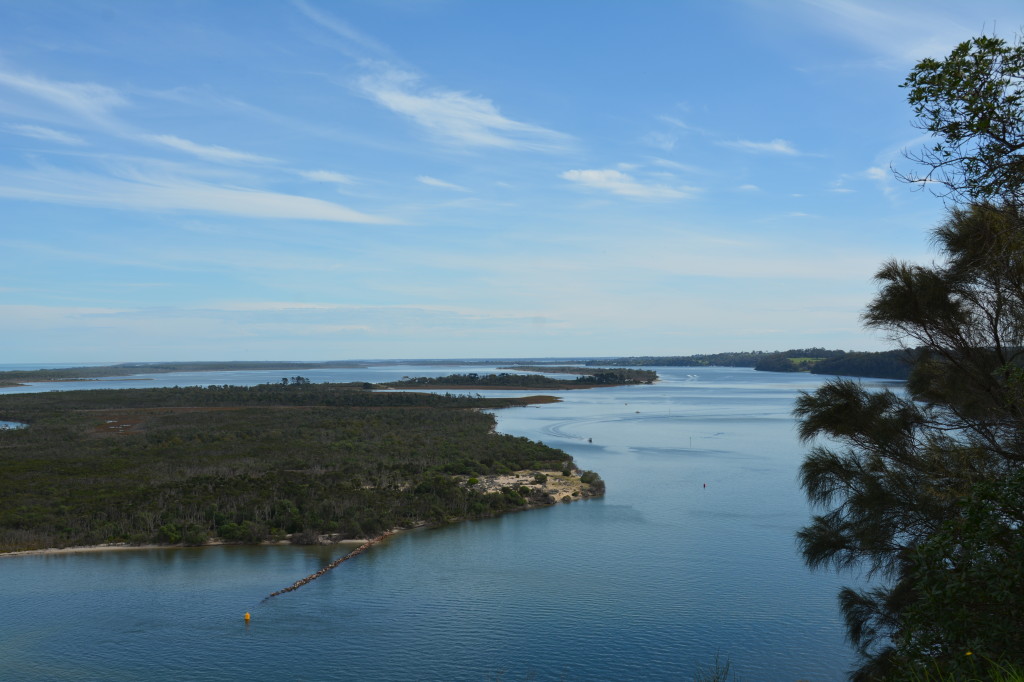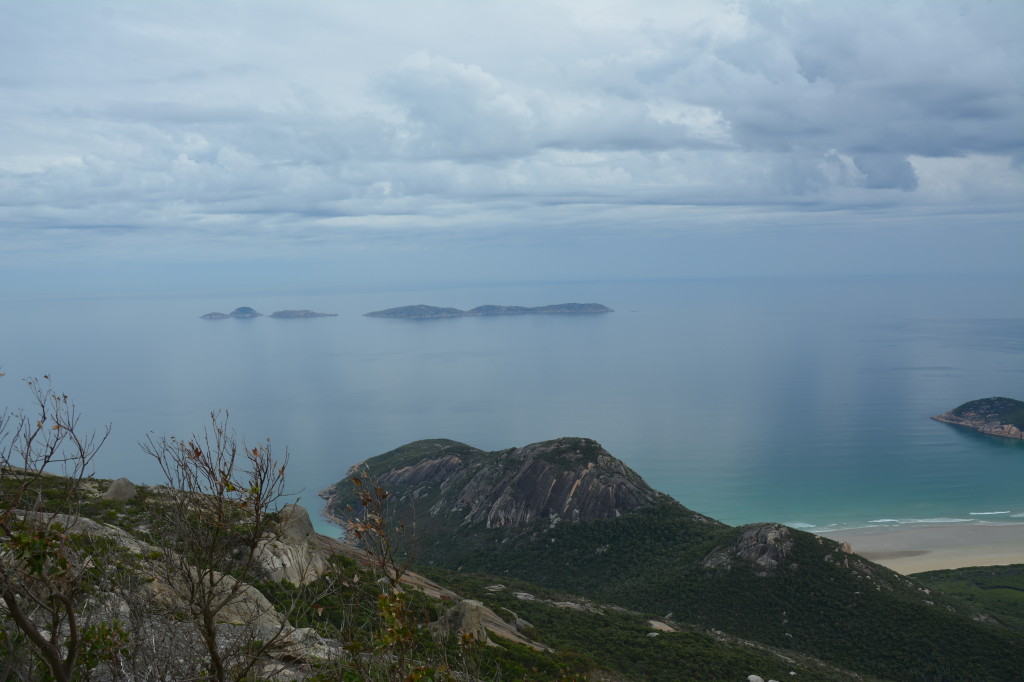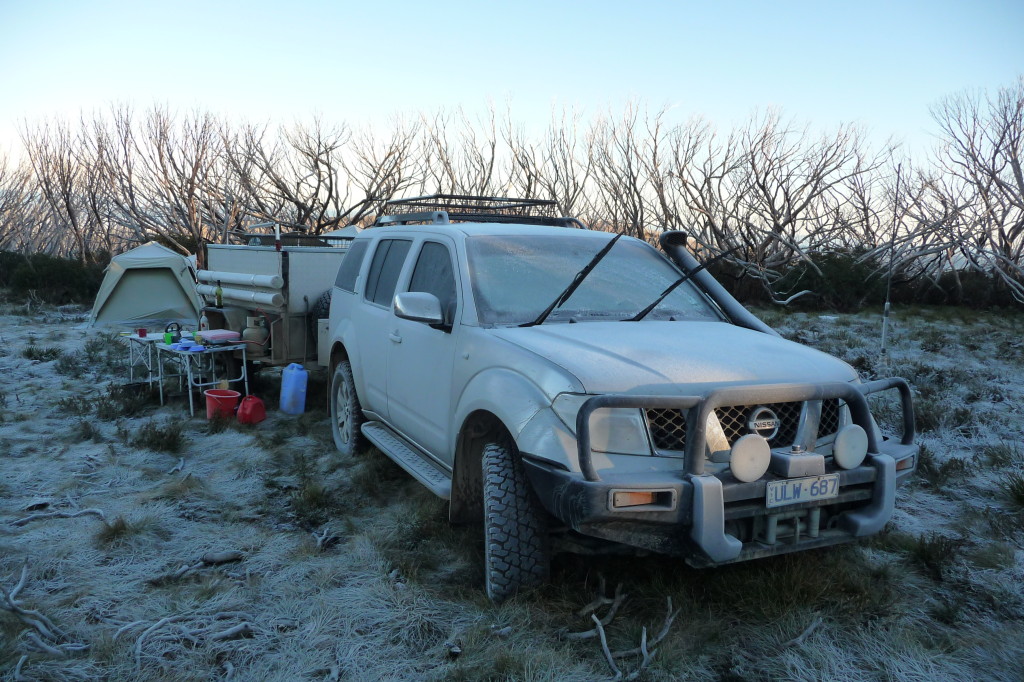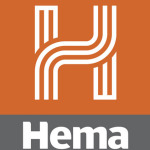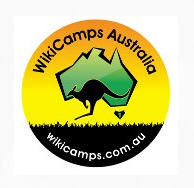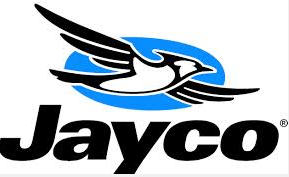Gippsland refers to the region of rural Victoria that lies east of the suburbs of Greater Melbourne, south of the Great Dividing Range and north of the Bass Strait. It is mostly known for its primary industries, which include farming and mining, and amazing tourist destinations.
Gippsland is famous for its temperate rainforest, fishing and rural towns, diverse beaches and its national parks, which include the Alpine National Park and Wilsons Promontory National Park.
This area was originally inhabited by the Indigenous peoples of the Gunai and Bunurong nations. These tribes would, in the winter, retreat into the northern highlands, hunting marsupials for their thick furs. In the summer, they would move into the southern coastal areas, fishing and hunting seals in dugout canoes.
Facts about Gippsland
Area: 41,000 square kilometres.
Population: 255,000 approx.
Climate: Temperate, with generally high precipitation. Rainfall can reach as high as 1,500mm annually, much of it falling as snow in the highlands. Average temperatures in January (in the lower areas) are around 24 degrees, 15 in July. In the alpine regions, the maximum temperature is usually around 18 degrees, with temperatures falling as low as -4 degrees in winter.
Geography: Alpine regions descending to lowlands and coastal regions. Temperate rainforest, temperate forest, eucalypt forest, mangrove swamps, coastal scrubland, dunes, river systems.
Flora: Gippsland is home to thousands of plant varieties, including species of fern, eucalypt, grasses, and flowering plants.
Fauna: Gippsland is home to a wide variety of fauna (much of it endangered), including mammals like the Rock Wallaby and Eastern Grey Kangaroo, Birds such as the Hooded Plover and Barking Owl, and amphibians such as the Southern Barred Frog.
Gippsland Attractions
Phillip Island, including Penguin Parade
Walhalla and the gold mining region
Great Dividing Range and the Alpine National Park
Lakes Entrance, Mallacoota and other coastal fishing towns
Gippsland Lakes
Wilsons Promontory National Park
Important towns
Traralgon, Morwell, Sale, Drouin, Warragul, Bairnsdale, Leongatha, Cowes, Lakes Entrance.
Best time to visit Gippsland
The best time to visit is in the summer months, when temperatures can reach into the 30s and rainfall is at its lowest. This is peak tourist season, and most beaches and many other attractions will be crowded, particularly over the school holidays.
If you can handle the cold and wet, it is quite an experience to walk through the temperate rainforest in winter. Winter is also the snow season, and the slopes of Baw Baw National Park and surrounding areas will be swollen with skiers and snowboarders.
Getting around Gippsland
Gippsland has a public transport network. Trains from Melbourne stretch as far as Bairnsdale, with a connecting bus service to Lakes Entrance. However, as with most places in Australia, the most convenient way to get around is in your own vehicle, especially if you’re heading up into the hills or into the far reaches of the region. In the high country, a 4WD is best, with snow chains if you’re travelling in winter. Otherwise, an ordinary vehicle is fine, as paved roads serve most areas in Gippsland.

